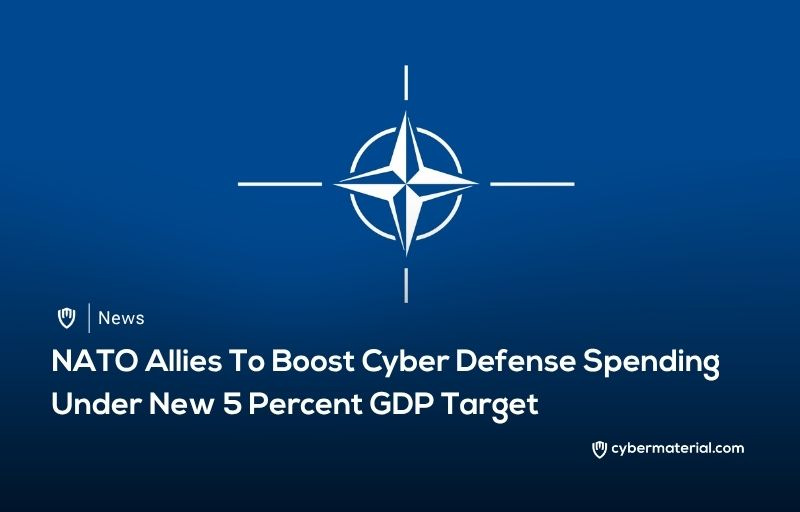
NATO allies have reached a significant new agreement to increase their total defense spending to five percent of GDP. This ambitious spending target is expected to be fully implemented by all members within the next decade. The agreement designates three and a half percent for core defense and the remaining one and a half percent for indirect spending. This important move relates directly to strategic concerns highlighted by Russia’s full-blown invasion of the country of Ukraine. It also addresses the systemic challenges posed by China’s stated ambitions and its various coercive foreign policies.
For this reason, NATO itself agreed to launch an integrated cyberdefense center at its military headquarters in Belgium. Some cybersecurity spending is expected to fall under the core three and a half percent spending commitment. The remaining one and a half percent section for civilian investments still currently lacks a standardized official definition. This has raised concerns that the lack of standardization could encourage some creative accounting among certain allied members. A German think tank warned this section remains conceptually broad and open to very wide national interpretation.
Investment in defenses against cyberattacks comes as experts warn about the strategic effects of these types of incidents.
The significant headline spending increase is seen as a response to decades of criticism from the United States. The United States has long complained about the disproportionate burden it carries for providing defense within Europe. This specific point was heavily stressed by President Donald Trump during his time in the White House. NATO Secretary General Mark Rutte notably praised Trump’s influence on the members’ increased spending commitments. Official estimates for 2024 show the United States accounts for sixty-six percent of the alliance’s entire defense spending. This is despite the United States representing only fifty-five percent of the alliance’s combined gross domestic product.
The expanded definition of spending now includes cybersecurity capabilities and also supply chain resilience among other strategic concerns.
President Trump dramatically warned that the U.S. would not protect “delinquent” allies from any Russian aggression. He even stated that he would encourage Russia to do whatever it wants to those specific nations. Despite these criticisms, there is no indication the United States has encouraged Russia to attack any allies. Currently, eight members of the alliance still do not meet NATO’s previous two percent spending target. Spain’s Prime Minister Pedro Sanchez has already argued his country will avoid meeting the new spending target. President Trump told journalists he still stands by NATO’s Article 5 collective defense commitment despite the disagreements.
Reference:
The post NATO Deal Boosts Cyber Defense Spending first appeared on CyberMaterial.


